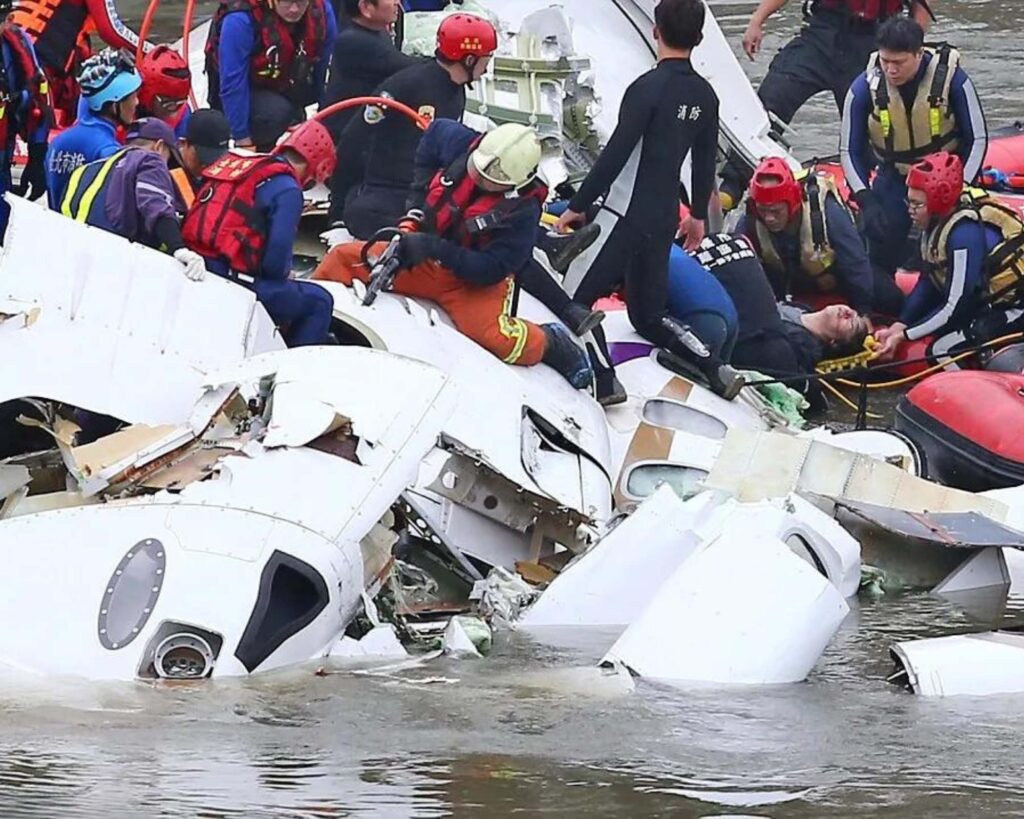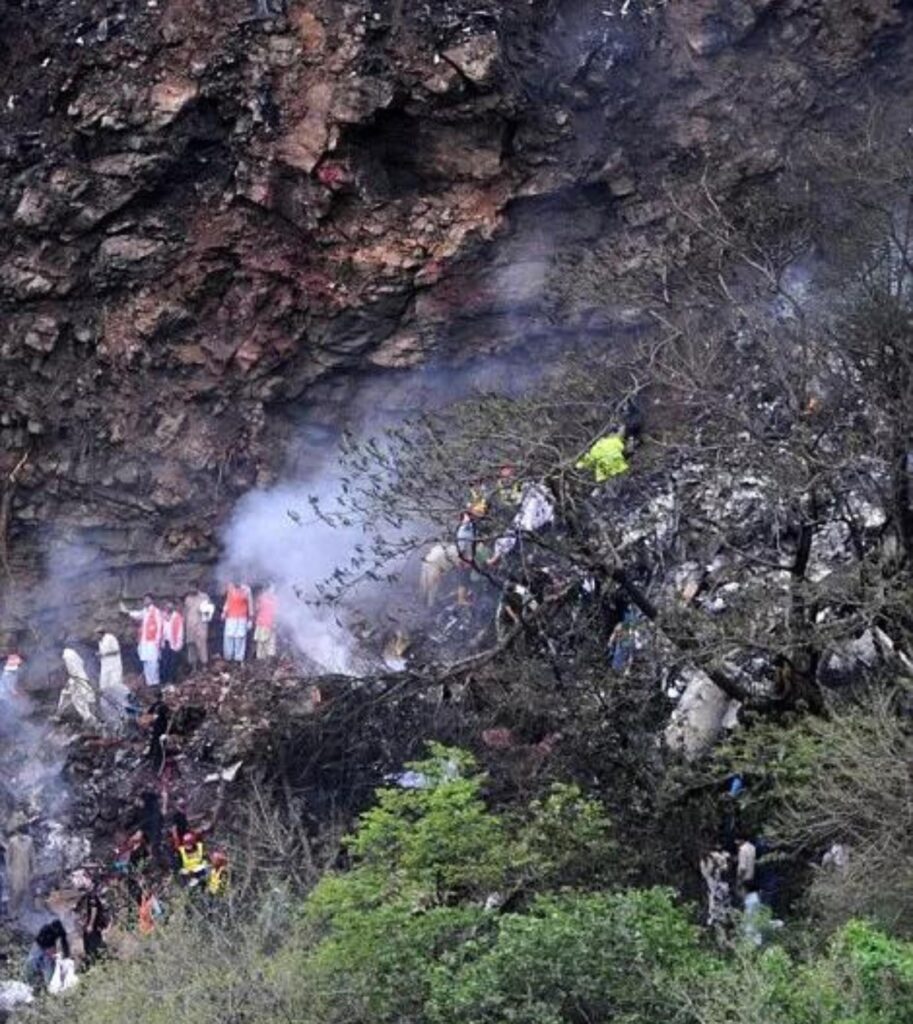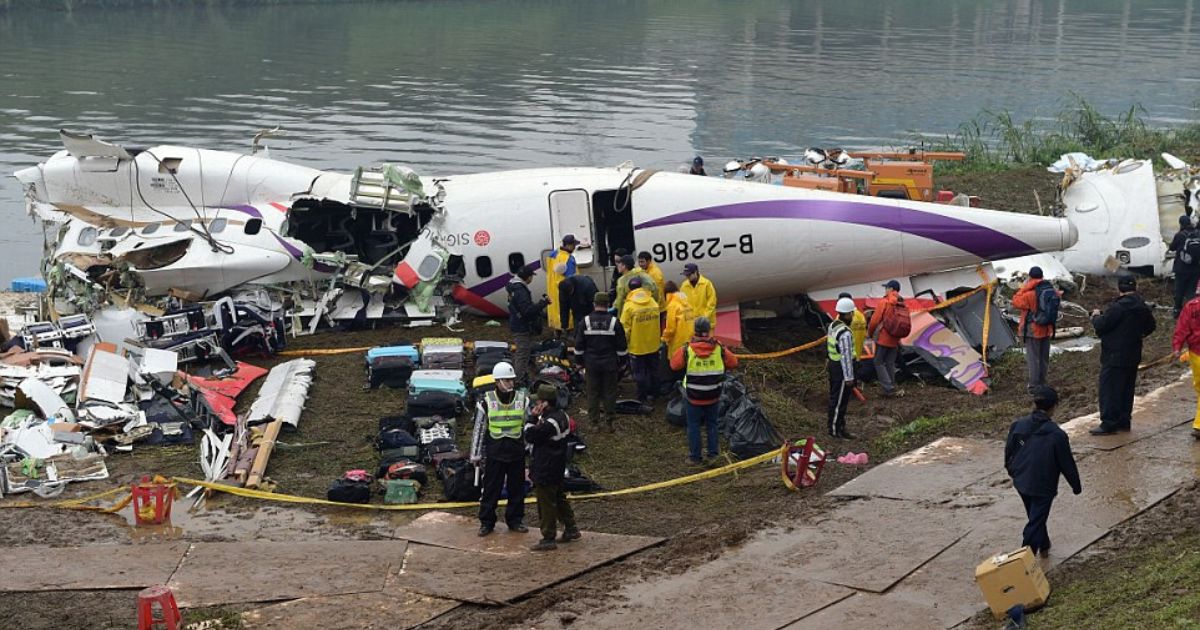Pilot errors have led to some of the most devastating aviation disasters in history. While flying is one of the safest modes of transportation, human error remains a significant factor in aircraft accidents. This article explores several notable aviation disasters directly linked to pilot errors, underscoring the critical role of cockpit discipline and communication.

Tragic Oversight in the Cockpit
On March 23, 1994, a fatal error occurred aboard Aeroflot Flight 593 from Moscow to Hong Kong when relief pilot Yaroslav Kudrinsky permitted his children to manipulate the controls, mistakenly disengaging the autopilot. The Airbus A310 subsequently crashed in Siberia, claiming the lives of all 75 people on board. This incident starkly illustrates the dangers of non-professional interference in aircraft operations.
Misguided Actions During Crisis
Another poignant example of pilot error occurred on February 4, 2015, with TransAsia Flight 235. Shortly after takeoff from Taipei’s Songshan Airport, the aircraft encountered engine failure. Tragically, the pilot accidentally shut down the remaining functioning engine, leading to the plane clipping a bridge and crashing into the Keelung River, resulting in 43 fatalities.

Faith Over Protocol
A similar disregard for standard procedure was evident during the 2005 crash of Tuninter Flight 1153, which ran out of fuel and ditched into the Mediterranean Sea. The pilots, instead of following emergency protocols, resorted to prayer during the crisis, contributing to the deaths of 16 passengers. Both pilots received ten-year sentences for their negligence.
The Deadliest Miscommunication
Perhaps the most catastrophic accident caused by pilot error occurred on March 27, 1977, at Tenerife Airport. Due to severe fog and miscommunications, KLM Flight 1736 collided with Pan Am Flight 1736 on the runway, killing 583 people. This disaster remains the deadliest in aviation history and highlights the crucial need for clear communication and strict adherence to ATC instructions.

The Cost of Complacency
Lastly, Air Florida Flight 90 on January 13, 1982, demonstrated a fatal lapse in judgment when the pilots neglected to activate the de-icing systems, leading to a crash into the Potomac River shortly after takeoff. This error, compounded by a decision to take off despite engine power issues, resulted in the deaths of most on board and several on the ground.
These historical examples emphasize the importance of rigorous training, strict adherence to protocols, and the critical need for pilots to maintain the highest standards of operational discipline. Each incident serves as a som





